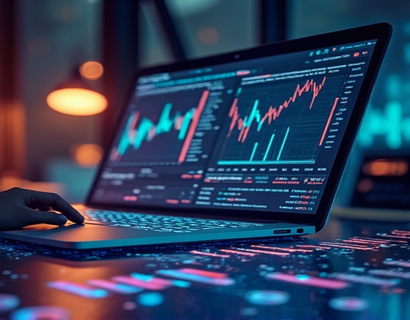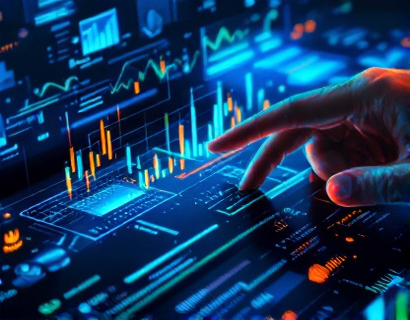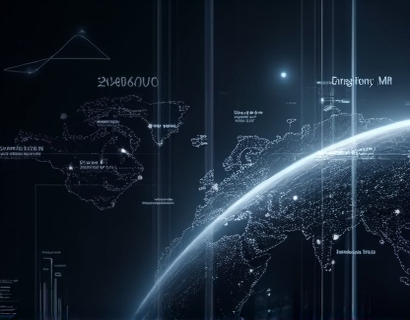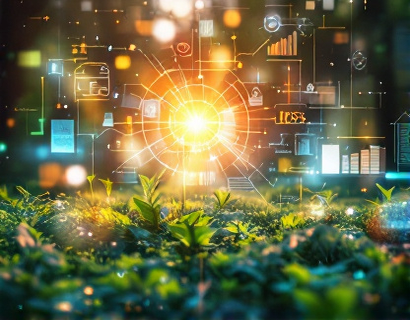Maximizing Aquaponics Business Success with Advanced Management Software
In the rapidly evolving world of sustainable agriculture, aquaponics stands out as a promising method that combines fish farming and hydroponic plant cultivation in a symbiotic environment. For aquaponics businesses, achieving success involves not only understanding the intricate balance between aquatic and terrestrial components but also implementing efficient management practices. Advanced management software plays a crucial role in streamlining operations, boosting productivity, and enhancing sustainability. This article delves into how cutting-edge management tools can transform aquaponics farming, ensuring optimal conditions for both fish and plants while minimizing environmental impact.
Understanding the Challenges in Aquaponics Management
Aquaponics systems are complex ecosystems where the health of fish and plants is interdependent. Maintaining optimal water quality, nutrient levels, and environmental conditions is essential for the success of the system. Traditional management methods often rely on manual monitoring and adjustments, which can be time-consuming and prone to human error. These challenges highlight the need for advanced management software that can provide real-time data, automated controls, and comprehensive analytics to ensure a stable and productive aquaponics environment.
Key Features of Advanced Management Software
Modern management software for aquaponics is designed to address the specific needs of aquaponics farmers. Some of the key features include:
- Real-time monitoring of water parameters such as pH, temperature, dissolved oxygen, and ammonia levels
- Automated control systems for pumps, filters, and aerators to maintain optimal conditions
- Data logging and historical analysis to track system performance and identify trends
- Alerts and notifications for abnormal conditions to enable prompt corrective actions
- Integration with hydroponic systems to manage nutrient delivery and plant growth
- Energy consumption tracking to optimize resource use and reduce costs
These features collectively contribute to a more efficient and sustainable aquaponics operation, allowing farmers to focus on growing high-quality produce rather than being bogged down by manual tasks.
Enhancing Productivity Through Automation
One of the most significant benefits of advanced management software is the automation of routine tasks. By automating control systems, aquaponics farmers can ensure that water parameters remain within the ideal range for both fish and plants without constant manual intervention. This not only saves time but also reduces the risk of human error, leading to more consistent and reliable system performance.
Automated feeding systems for fish can be integrated with the management software to dispense the correct amount of feed based on the number and size of the fish, as well as their feeding schedule. This precision feeding approach optimizes growth rates and minimizes waste, contributing to higher productivity and lower operational costs.
Optimizing Resource Use and Reducing Environmental Impact
Sustainability is a core principle of aquaponics, and advanced management software plays a vital role in achieving this goal. By monitoring and controlling resource use, farmers can minimize water and energy consumption, reduce waste, and lower their carbon footprint.
For instance, real-time water quality monitoring allows for precise adjustments to maintain optimal conditions, reducing the need for water changes and chemical treatments. Automated systems can also optimize energy use by adjusting pump and aerator operations based on real-time data, leading to significant energy savings.
Moreover, data logging and analysis features enable farmers to assess the environmental impact of their operations and make informed decisions to further reduce their ecological footprint. This data-driven approach to sustainability helps aquaponics businesses align with global efforts to promote environmentally friendly practices.
Improving Decision-Making with Comprehensive Analytics
Advanced management software provides powerful analytics tools that help aquaponics farmers make data-driven decisions. By analyzing historical data, farmers can identify patterns and trends that inform adjustments to system settings, feeding schedules, and other operational parameters.
For example, analyzing water quality data over time can reveal correlations between specific conditions and fish or plant health, enabling farmers to fine-tune their management strategies. Similarly, monitoring plant growth data can help optimize nutrient delivery and lighting conditions, leading to healthier plants and higher yields.
These insights not only enhance the overall performance of the aquaponics system but also provide valuable information for research and development, contributing to the advancement of the industry as a whole.
User-Friendly Interfaces for Seamless Integration
For the management software to be truly effective, it must be user-friendly and easy to integrate into existing operations. A well-designed interface ensures that farmers can quickly access and understand the data, make adjustments as needed, and monitor the system's performance in real-time.
Many advanced management platforms offer intuitive dashboards that display key metrics at a glance, making it easy to oversee multiple aspects of the aquaponics system. Additionally, compatibility with various hardware components and integration with other farm management tools ensure a seamless and comprehensive management experience.
Case Studies and Success Stories
Several aquaponics businesses have already seen significant improvements by implementing advanced management software. For example, a medium-sized aquaponics farm in the United States reported a 30% increase in fish growth rates and a 25% reduction in energy consumption after integrating an advanced management system. The farm's owner attributed these gains to the precision control and real-time monitoring capabilities provided by the software.
Another case study from a commercial hydroponic operation in Europe showed that the integration of aquaponics management software led to a 40% reduction in water usage and a 20% increase in crop yields. The farmer highlighted the ease of use and comprehensive analytics as key factors in achieving these results.
These success stories demonstrate the tangible benefits of advanced management software in aquaponics, from improved productivity and resource efficiency to enhanced sustainability and reduced operational costs.
Future Trends and Innovations
The aquaponics industry is continually evolving, and management software is at the forefront of this transformation. Future trends include the integration of artificial intelligence and machine learning to further optimize system performance and predict potential issues before they arise.
AI-powered systems can analyze vast amounts of data to identify optimal operating conditions and automate complex decision-making processes. This level of intelligence can lead to even greater efficiency and productivity, making aquaponics operations more resilient and sustainable.
Additionally, the development of IoT (Internet of Things) devices and sensors is enhancing the connectivity and interoperability of aquaponics systems. These technologies enable seamless data exchange between different components, creating a more cohesive and responsive management environment.
Conclusion
Advanced management software is a game-changer for aquaponics businesses, offering a range of benefits that contribute to operational excellence, productivity, and sustainability. By leveraging real-time monitoring, automation, and comprehensive analytics, farmers can create optimal conditions for both fish and plants while minimizing environmental impact.
As the industry continues to grow and evolve, the adoption of cutting-edge management tools will be essential for staying competitive and meeting the increasing demand for sustainable food production. Embracing these technologies not only enhances business success but also supports the global effort to build a more sustainable future.










































